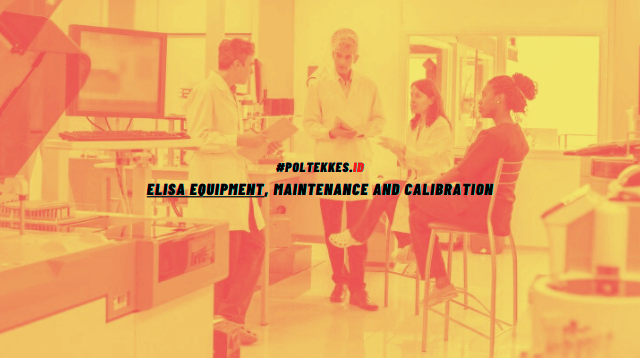Equipment for ELISA testing is widely available. Readers, washers, and pipettes are available as manual or automated systems. Some of the factors affecting equipment selection are the number and types of tests and samples, technical training of staff, and financial considerations. Below is a brief outline of some equipment available for performing ELISA testing.
Pipettes
- Single-channel, fixed-volume, and adjustable-volume (1–20 µL, 10–100 µL, 20–200 µL, etc.
- Multichannel, 8- and 12-channel.
- Semiautomated dispensing units.
- Fully automated systems that can process multiple plates.
Dilutors
- Single-channel
- Multichannel
- Automated dispensing units
Washer systems
- Manual systems that wash one row or column at a time.
- Semiautomated systems that handle one strip or plate at a time.
- Fully automated systems that can process multiple plates.
ELISA plate readers
- Manual readers that read one row or well at a time.
- Semiautomated readers that read one plate at a time.
- Fully automated systems that can process multiple plates simultaneously.
Other
- Humidity chamber (not required for all ELISAs).
- Adhesive plate covers for assays that have long incubation times, to help prevent evaporation (not required for all ELISAs).
- Incubator or plate shaker incubator (not required for all ELISAs).
Equipment Maintenance and Calibration
The maintenance and calibration of your laboratory equipment is extremely important in obtaining accurate and reproducible results. The Maintenance and Calibration Schedule (Appendix D) can be used as a guideline.
Adjust maintenance routines according to the amount of daily testing performed in your laboratory. Always refer to your equipment manufacturer’s guide for their recommendations.
Calibration Protocols
Equipment always needs to be in proper calibration. Equipment that is out of calibration can produce false or inaccurate results. As a guideline, refer to the Maintenance and Calibration Schedule (Appendix D) and your manufacturer’s instructions for the proper calibration protocol and required frequency.
Options for calibrating pipettes
- Perform the gravimetric method outlined in Appendix A.
- Use a commercial automated calibration system in your laboratory.
- Send the pipette to the manufacturer; see your owner’s manual for instructions.
- Send the pipette to a pipette calibration service.
Sending pipettes out for service is beneficial when repair or maintenance is necessary. However, this practice provides only a limited level of quality control, which can be increased with in-house calibration.
Operator technique and laboratory environment are two critical variables that determine how a pipette will perform when used on your bench top. A thorough quality-control program must include a quantitative account of these effects.
It is beneficial to have a method in place that allows you to perform regular, routine performance verifications on your own pipettes. By doing so, you will be able to track pipettes that are drifting out of tolerance.
Read: ELISA: Indirect, Blocking, Capture Format and Components
When this happens, the failing pipette should be sent out for corrective maintenance or repair by a qualified service before it compromises your laboratory data and productivity.









